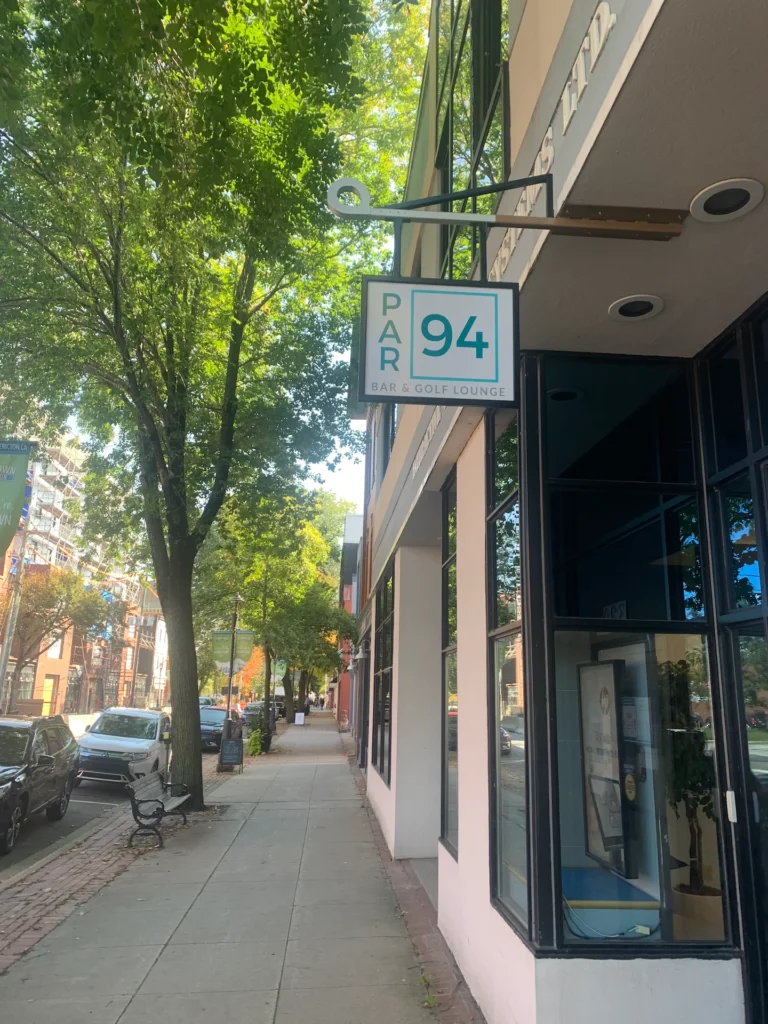Grocery shopping: it can be mildly bewildering and overwhelming at best, and absolutely daunting at its worst. University students are handed this confusing task from their parents often without guidance, so you have every right to be a tad intimidated.
The sheer number of products in every aisle can be a lot to consider before even getting to the products themselves. Whether it’s 50 different brands of dish soap or 10 different kinds of canned tuna, you have some serious navigation ahead of you.
However, there are plenty of ways to grocery shop efficiently and navigate all those choices without breaking the bank! As university students (generally) aren’t rolling in cash, you’ll have think smart to get as much as possible out of your limited budget.
Luckily UNB’s wonderful Financial Aid team have some tips and tricks for you (nine to be precise), and I have a few more myself! Improving your grocery shopping can be as simple as selecting the right day to make the trip, so take advantage of the Tuesday 10% discount at Sobeys and Atlantic Superstore (don’t forget your student ID!).
The Boyce Farmers Market downtown on Saturday mornings is a great opportunity to get produce and vegetables straight from farmers; the delicious options available may suit your tastes better than supermarket fare. Another time-dependent way to save cash is the serious art of couponing.
A single coupon might not make a world of difference, but massing coupons every time you shop can result in substantial long-term savings. The easiest and most effective way to coupon is to use couponing apps.
Apps like Checkout 51 and Snapsaves will give you money back on particular items each week by taking photos of your receipts. The RedFlagDeals app does post its own deals, but it’s a predominantly forum-based service where “RFDers” share their coupon-hunting research. Flipp is another coupon-sourcing app which compiles weekly coupons for a certain product in your area, so all you need to do is perform a search of your desired item and scan through the potential offers.
Loyalty cards with certain retailers are also a surefire way to pinch some pennies. For your department store needs, the Walmart Savings Catcher program will refund you in “Rewards Dollars” by however much more expensive the Walmart item is than its competitors’. The Circle K Easy Rewards program has any quick gas station stops covered, giving you 20 points per dollar; 2000 points then translate to two dollars in savings. Even better, their pump program grants you 10 points for every dollar.
If those programs aren’t enough, there’s the PC Optimum program too! Formerly the PC Plus and the Shoppers Optimum Programs, these retail giants merged their programs to form an even better loyalty program. Not only does the program run weekly specials, but you’re also awarded an allotted amount of points for each purchase. Once you’ve racked up enough points, 10 000 points equals $10.00 and can be redeemed at any time.
Another good “before you purchase” tip is to always have a firm list prepared when walking into the grocery store. By planning ahead of time, you can keep yourself on track and avoid purchasing anything and everything that looks tasty. That being said, there are many tasty things in grocery stores with very attractive packaging, so I strongly advise against grocery shopping on an empty stomach. No matter how prepared you think you are, your stomach will overpower your brain and your wallet’s going to pay for it!
When considering the items themselves, there are a few factors you need to take into consideration. First and foremost, convenience will cost you dearly if you hate cooking. Convenience items like microwaveable foods are not only more expensive for what you’re actually buying, but typically higher in salt, fat, sugar, and everything else you will regret ingesting 10 years down the line.
Even items with “pre-peeled” or “pre-shredded” labels will have additional factory costs bumping up their prices. Whether you like it or not, going through the process of peeling and mincing every single clove of garlic you use will cost you much less than a pre-peeled and pre-minced jar. However, if you think the time you’ll save is worth the price, then by all means!
Another consideration is the quantity of food you should buy at one time. If you’re someone who likes to eat chicken (a.k.a. not a vegetarian, vegan, or a chicken hater), maybe you should buy larger quantities for a cheaper price. Doing so obviously requires your own discretion in terms of quality, but you’ll be able to freeze that chicken and portion it per meal or include it in a weekly meal plan.
One final consideration is understanding which products are fine to purchase as cheap, off-brand replacements, and which products you’ll regret skimping out on. Generic items that are small, one use, or non-essential can certainly be found in the knock-off section with the same quality as brand name products. However, it is worth paying a little more for those foods essential to your diet, palate, or sense of childhood nostalgia.
No matter who you are, how important healthy eating is to you, or how much time you’re willing to devote to preparing meals, knowing how to grocery shop effectively is a lifelong skill. This lifetime activity might still seem a bit tedious to you; if it doesn’t seem complicated at all, you’re already on the right track! However, if you’re still a bit anxious about the aisles and aisles of options, hopefully you now have a few tools to ease your transition into adulting.




